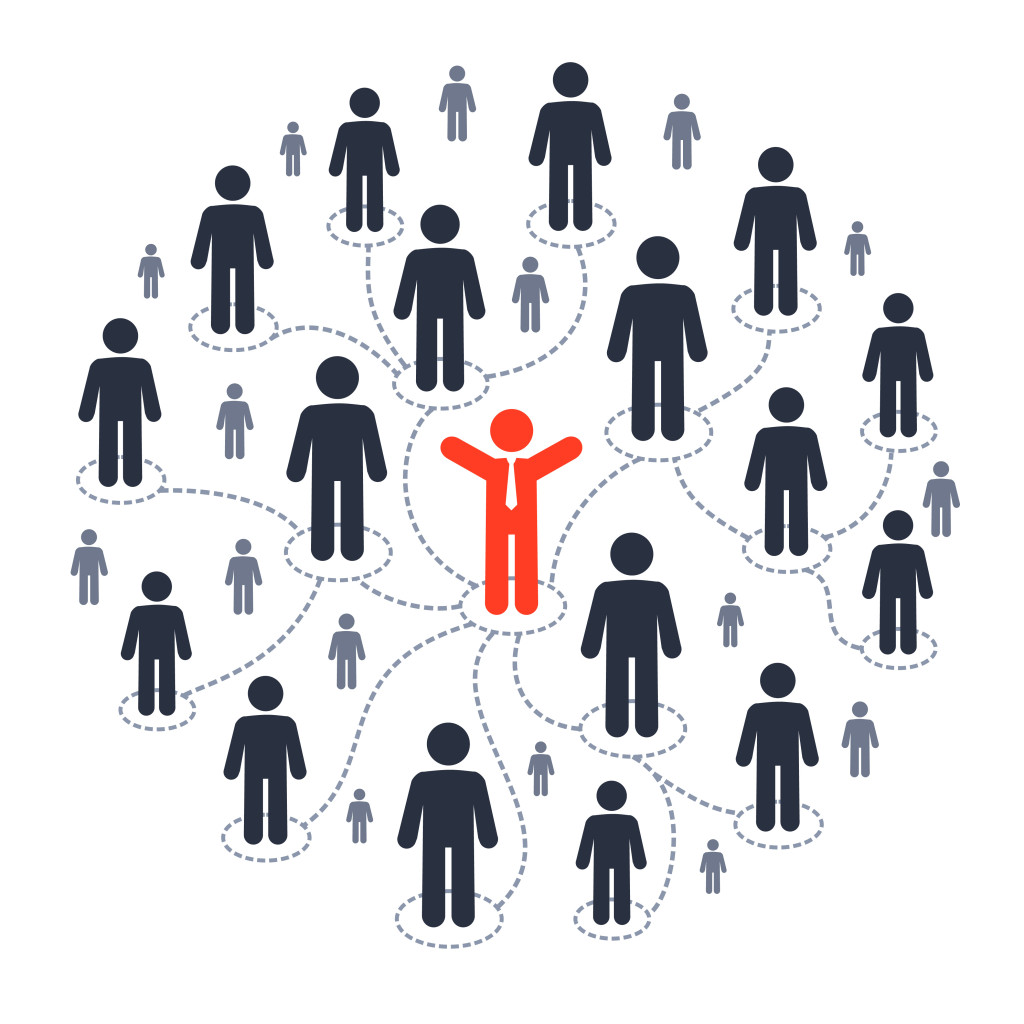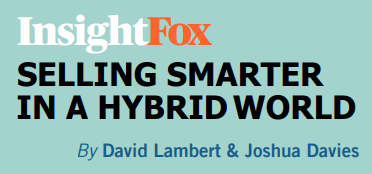Late in the 20th Century, Harvard marketing guru Theodore Levitt introduced the term “relationship marketing” to suggest that establishing long‐ term relationships with customers and clients was preferable to transactional marketing.
Levitt reflected that the difference between transactional and relationship marketing is similar to the difference between a marriage and a one‐ night stand.
“The sale, then, merely consummates the courtship at which point the marriage begins. The quality of the marriage determines whether there will be continued or expanded business, or troubles and divorce.”
Levitt reflected that the difference between transactional and relationship marketing is similar to the difference between a marriage and a one‐ night stand.
“The sale, then, merely consummates the courtship at which point the marriage begins. The quality of the marriage determines whether there will be continued or expanded business, or troubles and divorce.”

What is Relationship Capital




